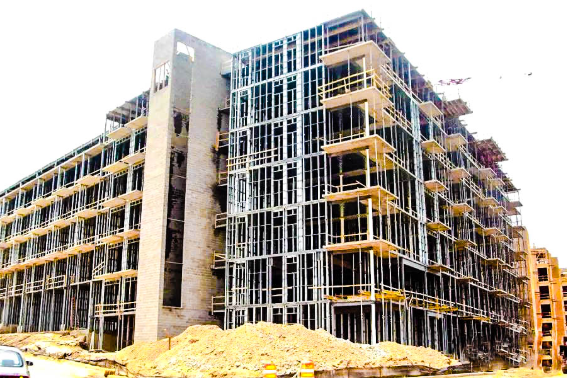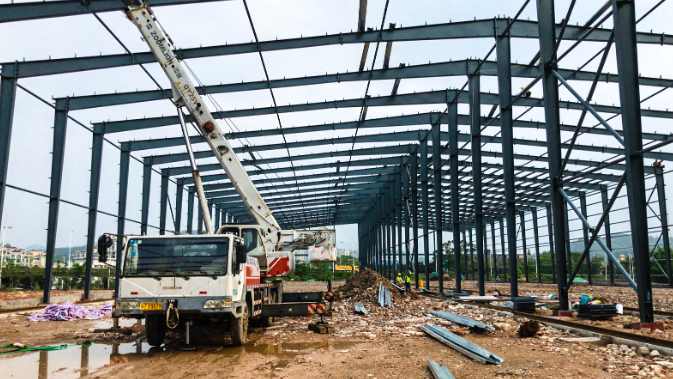Current Status and Reflections on Prefabricated Steel Structure Buildings

Prefabricated steel structure buildings are no longer new in China, especially with favorable policies emerging at the national level and local policies being gradually implemented. However, the current landscape remains starkly contrasting: on one hand, these buildings are widely adopted and accepted in public projects; on the other hand, their application in the vast residential sector remains minimal and fraught with challenges. From a technical and economic perspective, where exactly lie the issues? Below is a brief and cursory analysis.
Building System Integration
Years of experience have shown that the traditional approach led by structural engineers is unfavorable for promoting prefabricated steel structure buildings. While this issue is less pronounced in the design of standalone steel structures for public buildings, it becomes critical in residential projects.
The construction of prefabricated steel structure residences is a process of integrating building systems to achieve overall functionality and meet user needs. An increasing number of companies are shifting their focus to building system integration and product-oriented development, led by architectural professionals. In other words, this represents a product manager-led product development process, where any problem affecting functionality could lead to customer dissatisfaction.
Thus, it is imperative to abandon the outdated practice of directly replacing concrete structures with steel ones. Instead, a holistic project-level approach should be adopted, prioritizing architectural functionality, structural layout, and industrialized enclosure and interior components to enhance the usability and living quality of steel residential buildings. This requires comprehensive consideration of architectural functions, structures, enclosures, interiors, mechanical systems, and the coordination of aspects such as floor plans, facades, structural systems, enclosure systems, pipeline networks, fire safety, and interior finishes. The ultimate goal is to achieve "manufacturing houses like cars."

Cost Concerns
High costs remain a key barrier to the adoption of prefabricated steel structure buildings, particularly in residential projects. Compared to traditional reinforced concrete structures, steel structures are often perceived as significantly more expensive.
In reality, with the recent substantial drop in steel prices and the maturation of supporting component industries fostering competition, the costs of prefabricated steel structure residences have become nearly comparable to those of traditional reinforced concrete shear walls. Moreover, steel structures offer shorter construction periods, superior quality, higher prefabrication rates, and better alignment with increasingly implemented policy incentives.
Outlook
The above analysis indicates that policy support, cost competitiveness, and technological advancements for prefabricated steel structure buildings are all trending positively. The sector has reached a pivotal juncture for vigorous development.



